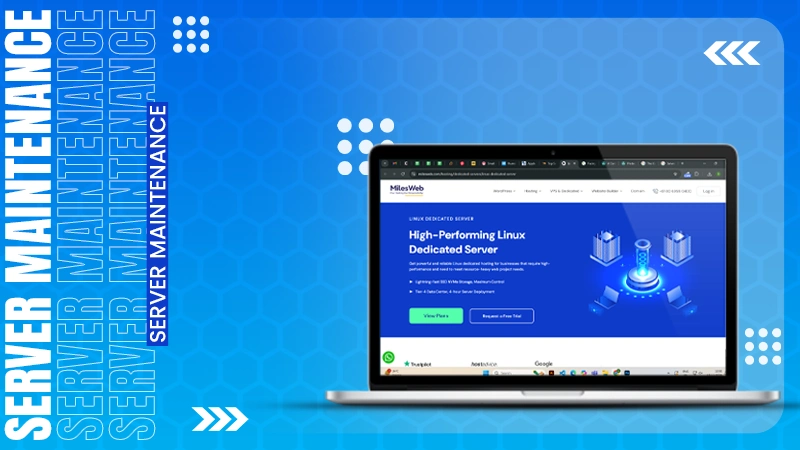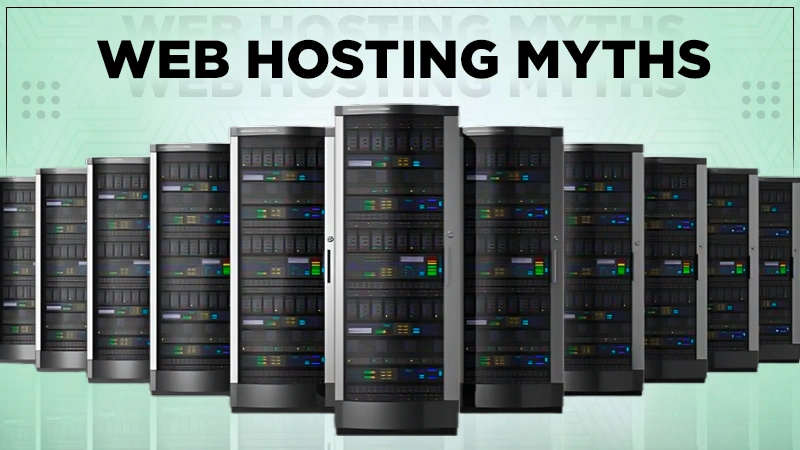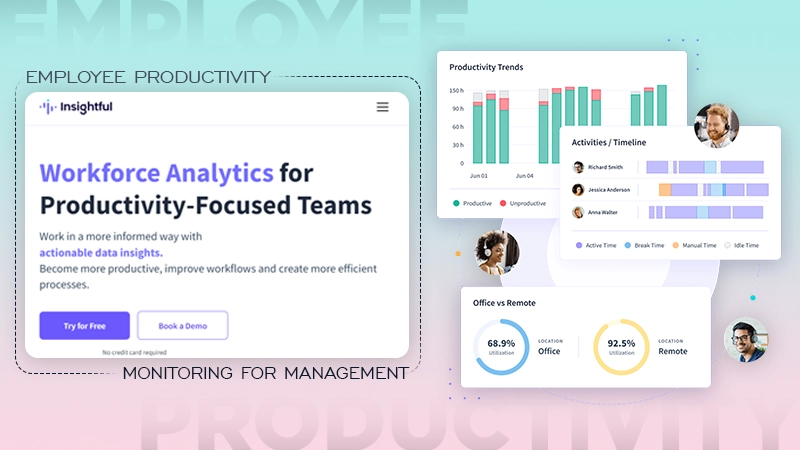How to Prevent Insider Threats to Your Network Security
With the increasing cyberattack and modern surveillance technology, maintaining network security has become critical today. Today, businesses rely heavily on digital technology to prevent sensitive information from getting into the unethical hands like hackers who are waiting for the opportunity to snoop into your device. But what if I tell you that you need to protect your network from the insider threats? Yes, you read it right, people working for your organization aren’t as much loyal as you think. Generally, people are so busy in focusing on external threats that they disregard the potential risk of insider threats.

Insiders refer to authorized individuals, such as employees, who access your network and systems. Insiders have access to sensitive information and can seriously harm an organization if they misuse or steal it. This article will discuss insider threats to your network security and provide solutions to prevent them.
Insider Threat: What Is It?
Insider threat describes the possibility that someone working for a company will misuse their access to sensitive information or computer systems. Organizations can face various consequences for insider threats, such as financial losses, damage to reputation, legal and regulatory issues, and intellectual property theft.
Insider threats occur when a worker intentionally or unintentionally exposes confidential information or tampers with the organization’s computer systems. Preventing insider threats requires a comprehensive approach, including policies, monitoring, access control, data loss prevention, and security reviews. Neglecting this could have serious consequences, so it’s important to prioritize it within your organization.
Insider Threats’ Root Causes
Identifying the underlying reasons behind insider threats is essential to creating successful prevention tactics and reducing the potential dangers associated with such occurrences. Here are a few examples:
Malicious Intentions
Malicious intent is the most obvious factor behind insider threats. Insider threats occur when authorized individuals intentionally harm an organization by stealing data, installing malware, or sabotaging systems.
Accidents
Insider threats can also happen unintentionally, such as when an employee commits an error that results in a security breach. Common accidents may include sending sensitive data to the incorrect recipient, incorrectly configuring systems, and falling for a phishing scam.
Carelessness
Workers who are careless or who haven’t received the proper security awareness training may put network security at risk. This includes not updating out-of-date software and systems with security patches, using inefficient passwords, or divulging personal information to strangers.
Solutions to Prevent Insider Threats to Network Security
Protecting network security from insider threats requires a comprehensive approach that combines various tactics to ensure strong protection. Here are some crucial tactics for preventing insider threats to network security:
Create Concise Policies
Establishing explicit policies and procedures that spell out what constitutes improper access to, sharing of, and use of sensitive data is critical. It should also include a list of penalties for breaking the rules.
Activate Two-factor Authentication
The login process is made more secure by adding two-factor authentication (2FA), making it harder for unauthorized users to access sensitive information. Users must deliver two setups of authentication: a security code and their username and password.
Keep An Eye On Network Activity
Monitoring network activity can aid in spotting suspicious behavior and potential dangers. Check logs and audit trails frequently to ensure unauthorized users don’t have access to sensitive data. Additionally, consider putting user activity monitoring tools in place to spot suspicious activity, like accessing files after hours or copying a lot of data.
Run Background Investigations
Background checks can identify individuals with a history of wrongdoing. Background investigations generally include criminal history checks, employment history verifications, and reference checks.
Employ WireGuard Protocol
WireGuard is a powerful VPN protocol that creates secure and encrypted connections. WireGuard protocol creates secure encrypted tunnels between network endpoints, protecting sensitive information from external and internal threats. It is ideal for remote employees, branch offices, and cloud environments.
Report Suspicious Activity
Encourage your staff to report any malicious behavior they come across. Establish a precise process for reporting incidents, and ensure staff members can do so without worrying about punishment.
Employ Encryption
Sensitive information can be encoded through data encryption. This means that it’s only readable by authorized users with the decryption key. Encryption can prevent the use of sensitive data if it is stolen or intercepted.
Review Security Measures
Security precautions must be routinely examined and updated to avoid potential insider threats. This entails conducting routine security assessments, monitoring network activity, and reviewing and updating policies and procedures.
Use Data Loss Prevention (DLP) Technology
Data loss prevention (DLP) technology can assist in preventing data theft and misuse. DLP programs can detect and stop attempts to transfer confidential information outside the network or encrypt the information to guard against unauthorized access. Furthermore, DLP tools can recognize and thwart attempts to copy, print, or email sensitive data.
Create Network Segments
When you segment your network, you divide it into various zones or segments with varying access levels. This can aid in preventing insider threats from navigating the network in an unauthorized manner and accessing sensitive information.
Recurring Security Awareness Training
Security training helps employees detect and prevent threats. Training must cover subjects like spotting phishing emails, protecting passwords, and preventing social engineering scams.
Establish A Response Strategy
Insider threats may still happen despite your best efforts. A response strategy can be used to lessen the harm and stop it from spreading. The strategy should include:
- Actions for locating and neutralizing the threat.
- Alerting those who might be affected.
- Investigating to stop future occurrences of this kind.
Advantages of Preventing Insider Threats to Network Security
Acknowledging the advantages of preventing insider threats to network security is crucial. Here are a few benefits:
- Preventing insider threats protects sensitive information from theft, unauthorized access, and misuse, including financial data, personal information, and intellectual property.
- Businesses can make significant long-term financial savings by avoiding the high legal costs, stringent fines, and reputational damage that can come from data breaches.
- By preventing and minimizing insider threats, you can comply with the security laws like the Payment Card Industry Data Security Standard (PCI DSS) and General Data Protection Regulation (GDPR).
- Taking preventive measures against insider threats can help you maintain a favorable reputation and build trust with clients, shareholders, and other stakeholders.
Limitations of Preventing Insider Threats to Network Security
Well, there are plenty of methods to prevent insider threats to network security, but what people generally overlook is the limitations of the measures. You need to understand that these preventive measures have its own limitations, and you need to have knowledge of such limitations, then only you will be able to tackle them.
- Remember that setting up thwart insider threats security measures can be both expensive and time-consuming.
- Monitoring user activity for security purposes can be viewed as intrusive and may lead to concerns about employee privacy.
- Human error can still result in insider threats despite all the technological safeguards. For instance, staff members may unintentionally send sensitive information to the incorrect person or fall for a phishing scam.
Conclusion
Protecting sensitive data and systems within an organization requires preventing insider threats to network security. Organizations can lessen the risk of insider threats by implementing technical measures and adhering to best practices for managing employee behavior. Additionally, ensuring that employees receive regular training and know the value of network security and their part in maintaining it is critical.








